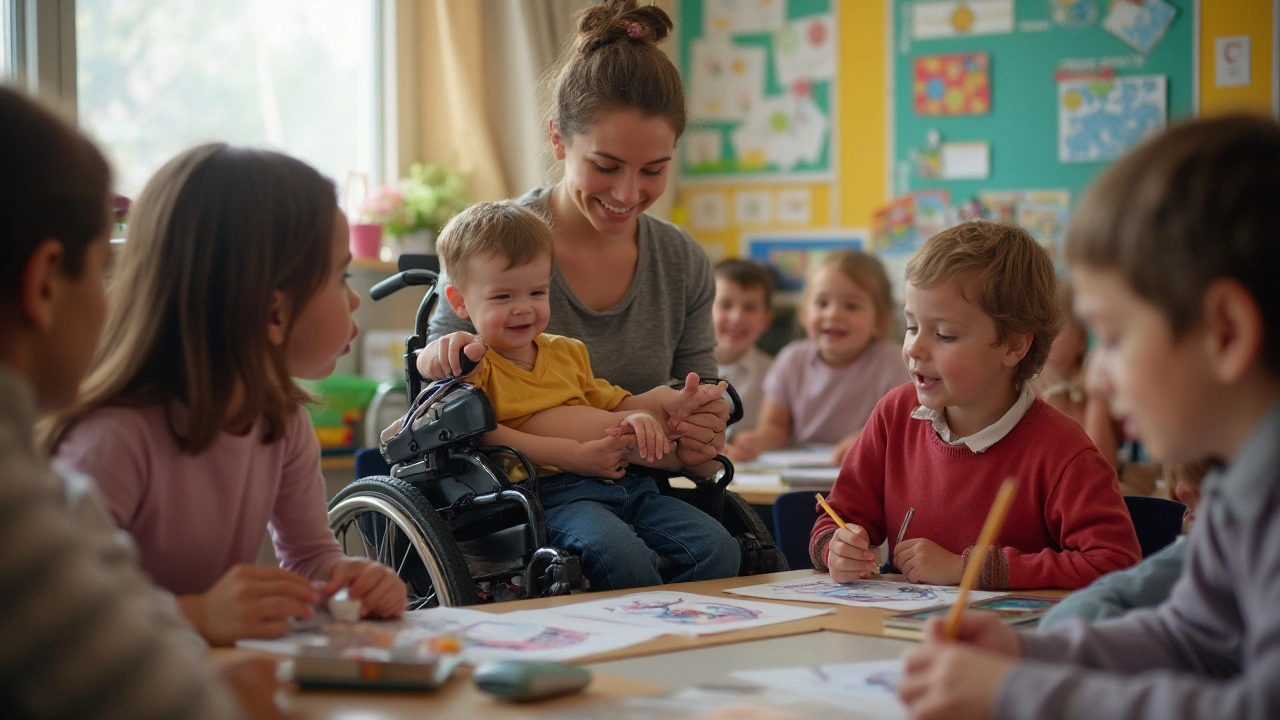Spina Bifida and Learning Disabilities — September 2024
Spina bifida can cause learning differences that look like attention or memory problems, not low intelligence. Our September 2024 post focused on realistic, useful ways parents and teachers can spot specific learning challenges and respond without guessing. The core idea: brain wiring and fluid dynamics matter for thinking, so supports should match how a child learns.
What we found: common patterns and signs
Spina bifida often comes with hydrocephalus or Chiari differences. Those can affect working memory, processing speed, visual‑spatial skills, and executive function. You might see a child who reads aloud fluently but misses the main idea, or a student who follows a single step fine but freezes with multi‑step tasks. Math problems that require space and planning can be unusually hard. Fatigue is a big factor—when energy drops, so does attention and accuracy.
Look for concrete signs: slow task completion, trouble organizing schoolbags or ideas, difficulty copying from the board, frequent re‑reading with little retention, and anxiety around time‑limited tests. These are not behavioral choices; they reflect how the brain is processing information.
Practical supports you can use today
Classroom changes that help immediately: give one or two instructions at a time, provide written checklists, use graphic organizers, and allow extra time. Preferential seating near the teacher reduces distractions. Break long assignments into short chunks and use timers so kids know when to stop and rest.
Therapies that make a real difference include neuropsychological testing to identify strengths and gaps, occupational therapy for fine motor and planning skills, speech therapy for verbal memory, and physical therapy to manage mobility and fatigue. Assistive tech often helps: text‑to‑speech and audiobooks for reading, voice typing in Google Docs for writing, and visual timers or schedule apps for organization.
For school planning, request an evaluation for an IEP or 504 plan. Specific accommodations—extended time, breaks, scribes, or preferential seating—are more useful than vague sympathy. Keep short daily communication between home and school to track headaches, mood changes, or new coordination problems; those can signal medical issues like shunt trouble and need quick medical attention.
At home, build consistent routines, set a quiet workspace, split homework into short blocks, and focus on small wins to build confidence. If fatigue hits after school, schedule heavier tasks in the morning. For teens, plan transition goals that match their learning profile—job coaching, self‑advocacy skills, and accessible college resources.
Want the full breakdown? Our September guide on GenericVilla.com walks through signs, sample accommodations, therapy options, and when to call a specialist. It’s written for parents and teachers who want clear next steps, not medical jargon.
This article explores the connection between spina bifida and learning disabilities. It discusses the basic facts about spina bifida, the impact it has on neurodevelopment, and the challenges faced by those affected. The article also provides useful tips for supporting individuals with both conditions.
View Details

